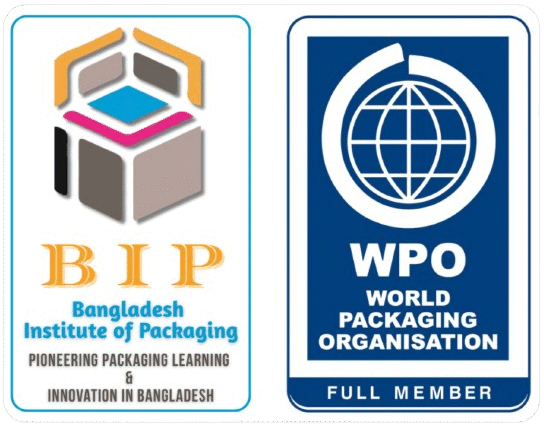Course Title: Advances in Food Packaging
Course Duration: 02 Days / 6 hours per day
Course Format:
Combination of lectures by power point presentation, Video demonstrations, Group project, and interactive discussions.
Course Objectives:
- Gain in-depth knowledge of raw materials used in flexible packaging for Food Items.
- Understand the structure benefit and packaging standards.
- Understand the practices of quality packaging in the Foods Industry.
- Develop skills to ensure material performance and food safety compliance.
Target Audience:
- Quality control and Production professionals in Food Industries / Flexible Packaging Users.
- Supply Chain professionals in Food Industries.
Day 1:
Introduction to Food Packaging and Used Materials
- Overview of food packaging and its role in food safety
- Key risks associated with unsafe packaging
- Overview of raw materials used in flexible packaging:
-Types of raw materials (e.g., films, laminates, adhesives, inks)
-Key properties and their importance - Raw material selection criteria for various applications
- Common challenges in sourcing and handling raw materials
Finished Goods Structure and Benefits
- Understanding finished goods in flexible packaging:
-Multilayer structures: roles of each layer
-Barrier properties, strength, and aesthetics - Benefits of well-designed structures:
-Product protection, shelf-life extension, and consumer appeal - Case studies: Successful finished goods designs in the market
Food Safety Compliance
- Global trends and consumer expectations in food safety
- Overview of global regulatory frameworks (FDA, EU, ISO, etc.)
- Types of contaminants: Physical, chemical, and microbiological
- Risk assessment for food packaging materials
- Mitigation strategies for contamination prevention
Day 2:
Packaging Problems and Troubleshooting
- Common packaging problems
-Seal failures, delamination, print defects, and mechanical failures - Find out the problems by gap analysis.
- Root cause analysis techniques
- Effective troubleshooting strategies
Cost-Effective Packaging Solutions
- Designing cost-efficient packaging without compromising quality
-Light weighting, material substitutions, and process optimization - Innovations in flexible packaging to reduce costs
-Sustainable materials and recyclability
Testing of Finished Good
- Importance of testing for flexible packaging
- Types of tests:
–Mechanical tests: tensile strength, tear resistance
–Barrier tests: oxygen and moisture permeability
–Performance tests: drop tests, seal strength - Overview of testing equipment and procedures
- Wrap-Up and Q&A:
–Open discussion for questions and clarifications
–Group project and presentation
–Course feedback and evaluation
–Distribution of course materials and certificates
This outline ensures a comprehensive overview of the topics while providing enough practical exposure to reinforce learning.
